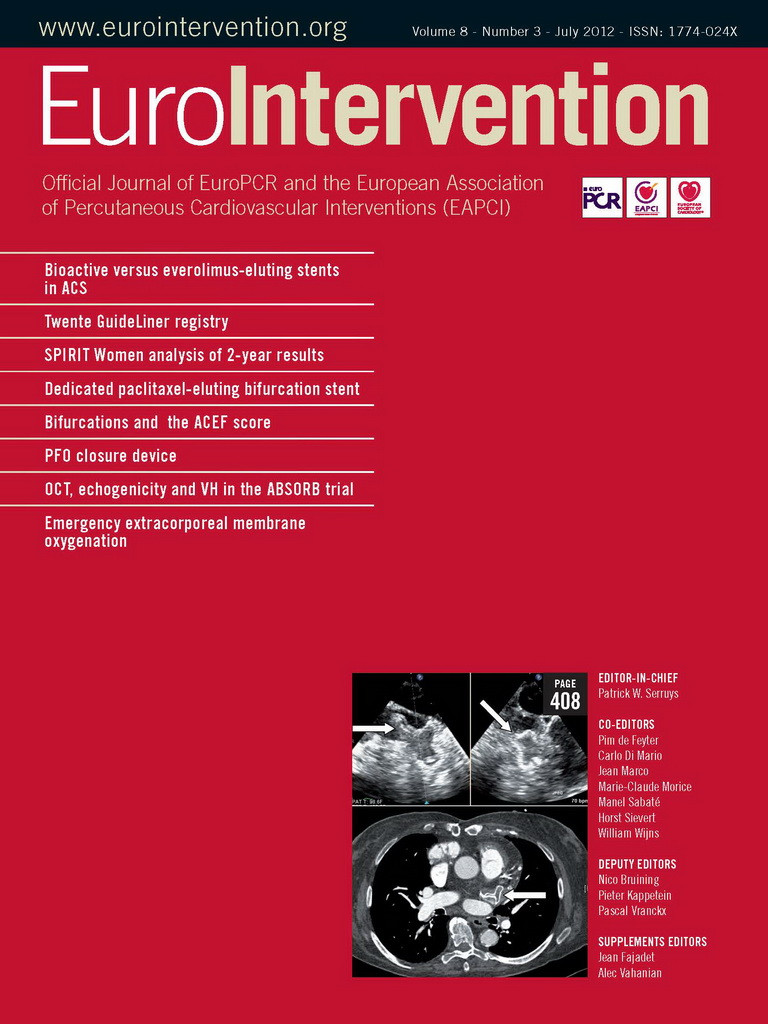A 66-year-old female presented with chest discomfort, diagnosed as Canadian class III stable angina. Her Lexiscan nuclear stress test showed normal perfusion but a reduced ejection fraction of 45%. A coronary angiogram revealed minimal luminal disease except for a diagonal lesion. A left ventricular angiogram using 30 ml of contrast over two seconds with a Jacky Radial catheter with side holes at 600 pound square inch revealed an anterior myocardial stain. There was immediate antegrade filling of the anterior inter-ventricular vein adjoining the myocardial stain. Both the great cardiac vein and the coronary sinus emptying into the right atrium were also seen. The American Board certified interventional cardiologist at the time thought that this was the left anterior descending artery and unnecessarily again injected the left main selectively to document normal flow and lack of perforation. Diagnostic difficulty was therefore noted due to this unusual staining and dense coronary venous opacification. Caution should be exercised during left ventricular angiography so that myocardial injection is avoided because it causes arrhythmias, pain, rupture and death. The end-hole of a catheter should not be abutting the myocardium, and in those situations with a catheter having a pointing end-hole, low pressures for injection should be used to avoid myocardial injury.

Figure 1. Coronary venous filling and myocardial stain.
Conflict of interest statement
The authors have no conflicts of interest to declare.

